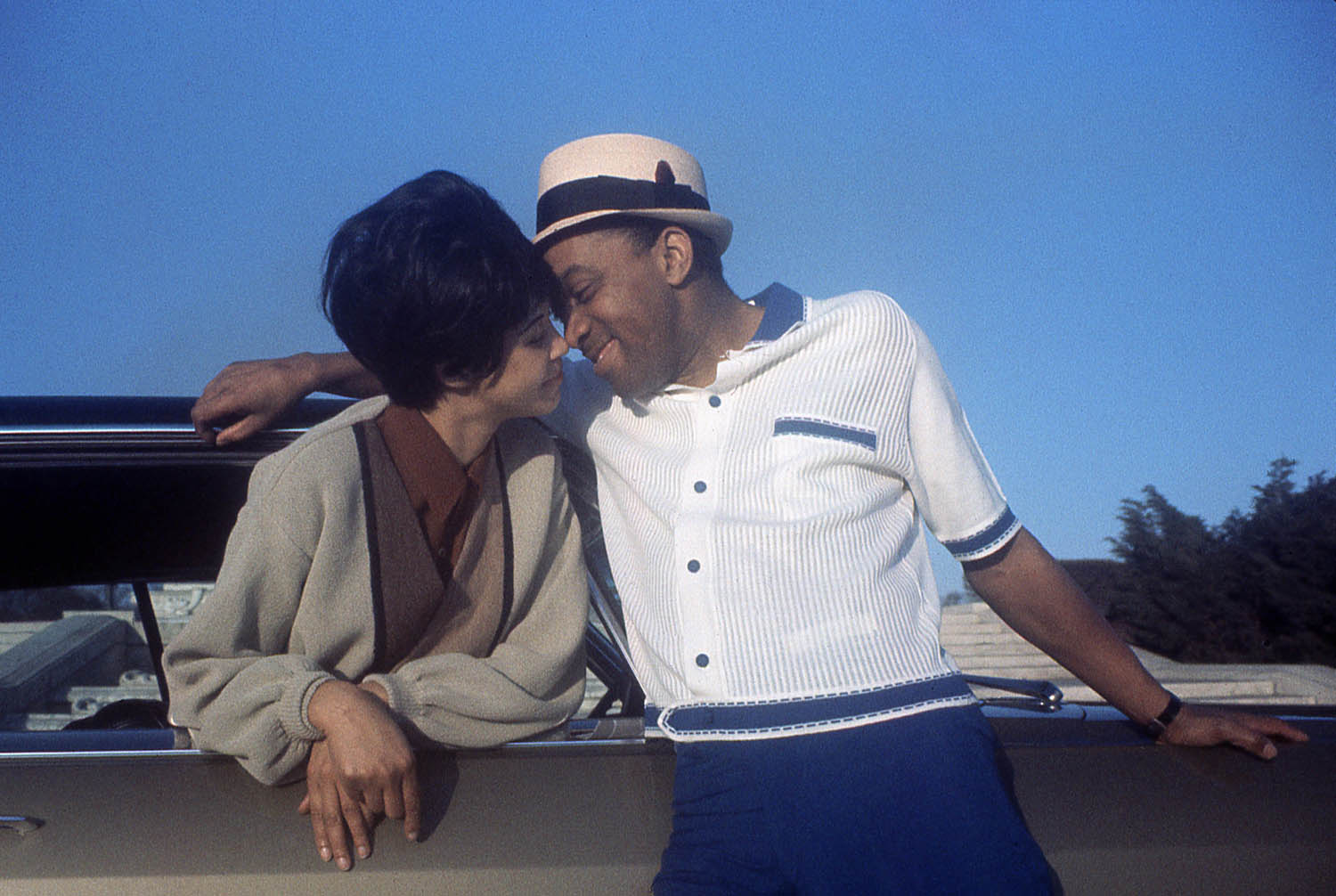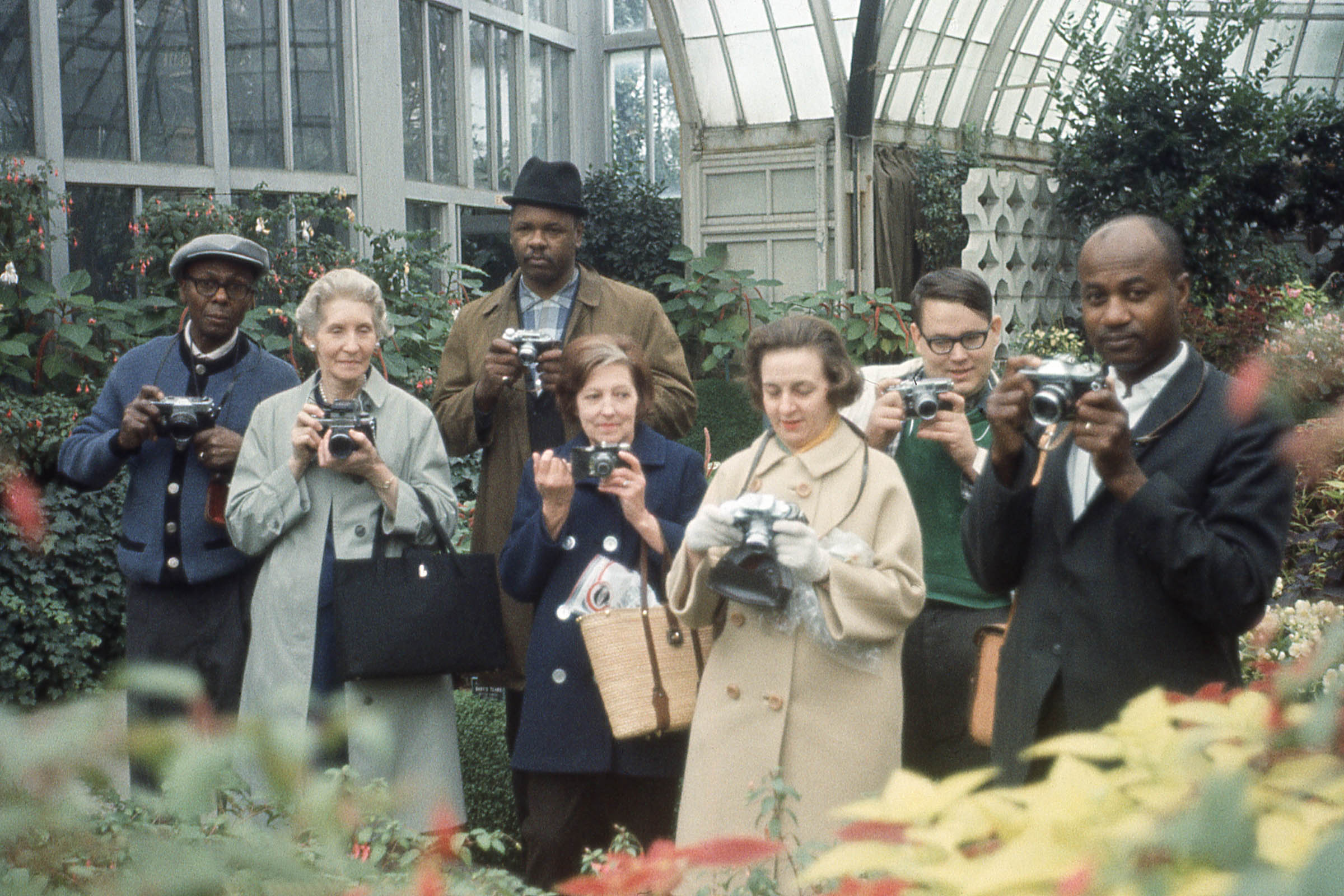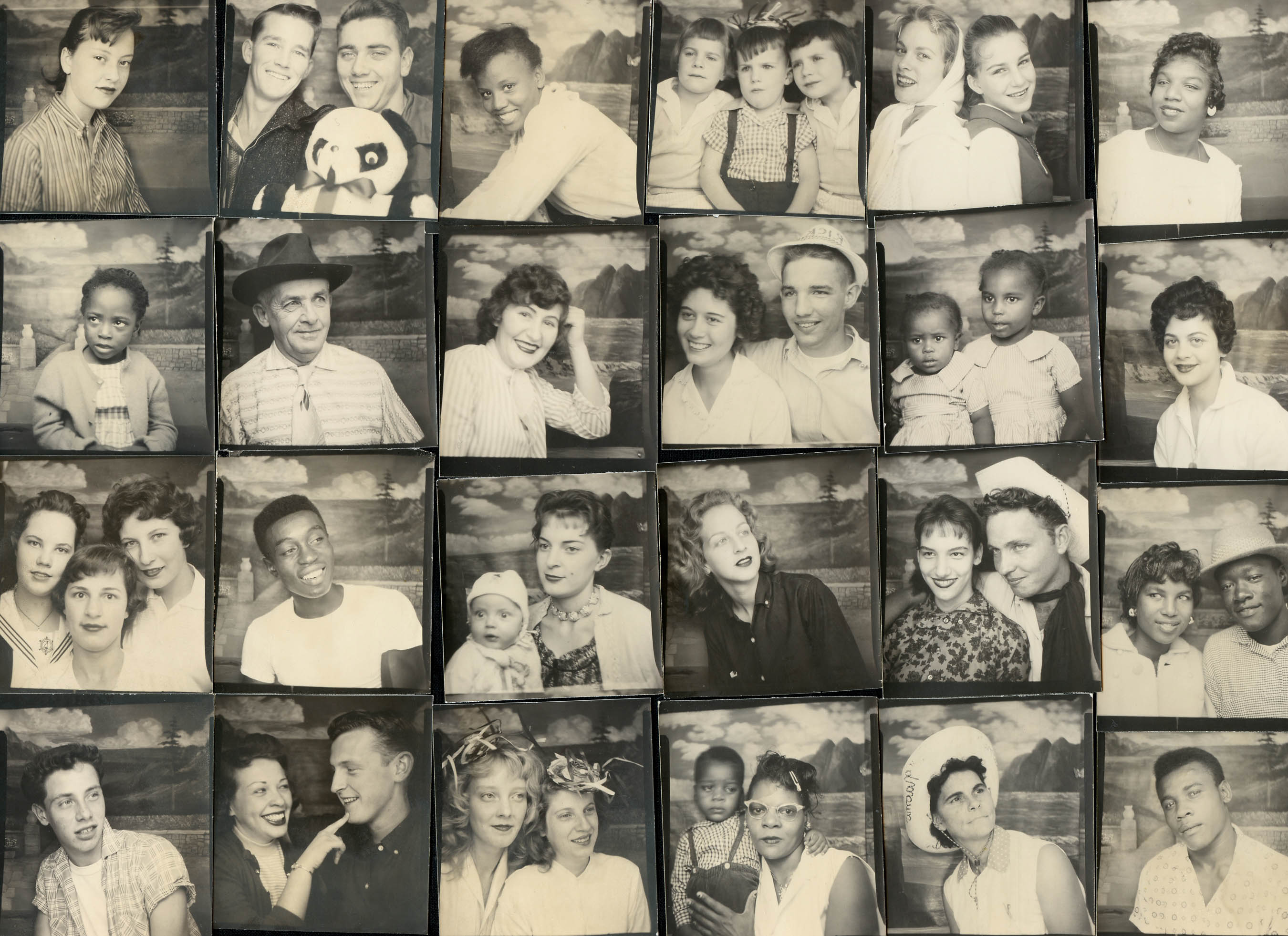Explore Detroit's History with DIA's "Lost and Found" Exhibit
Gallery

On Aug. 26, the Detroit Institute of Arts opened up the exhibition “Lost and Found: Photographs from the DIA’s Collection,” which highlights vernacular photography acquired from the DIA’s archives as well as personal collections. The exhibit showcases ‘found’ photographs of Detroit from the 1860s to the 1980s, many of which were found in attics, at yard sales, or flea and antique markets. By hosting this exhibit, the DIA aims to “broaden understanding of photography as a cultural practice as well as uncovering those unknown or little-known photographers who found Detroit and the car as inspiration for their work.”
On exhibit are photographs by James Pearson Duffy, who frequently took snapshots of storefronts, local businesses, homes, and junkyards. There is also a large slideshow of color photographs – primarily from the 1960s and 1970s – projected onto a wall, attributed to photographer and former Detroiter, Allen Stross. Stross often captured “local haunts, people and bygone landmarks from Detroit.” Other notable inclusions are a wall of “snapshots from the road,” and a wall of photobooth portraits.
Through these photobooth portraits, road trip memories, and photographs from family albums, the DIA provides a small insight into the lives of Detroiters past and present.
“It’s really bringing back a lot of memories from childhood,” museum-goer Alex Gardiner stated, “I was just explaining to my kids that this is how Detroit used to be.”
There is also a display of different camera types which highlights how the technology has changed over time, including a Kodak Pocket Camera (1910), a Minolta 16P (1960), and a Nikon F2 (1977). The exhibit explains that the replacement of larger, bulky cameras with more lightweight, handheld cameras with flexible film after the 1880s resulted in “widespread growth of the amateur [photography] movement.” A section of the exhibit, entitled “Photographs that Empower,” focuses on Black Americans. The museum explains: “The act of creating these photographs also had the effect of transforming the negative visual representation of Black America made by others.” One of the key messages is expressed in a quote from prominent activist and author, bell hooks: “More than any other image-making tool, [the camera] offered African Americans disempowered in white culture a way to empower ourselves through representation.”
Additionally, there is a small room of the exhibit dedicated to photographs donated by museum-goers. Patrons are encouraged to submit them to the DIA by posting them on Instagram with the hashtag #LostAndFoundDIA.
“Lost and Found” runs until March 3 and is free with museum admission.



